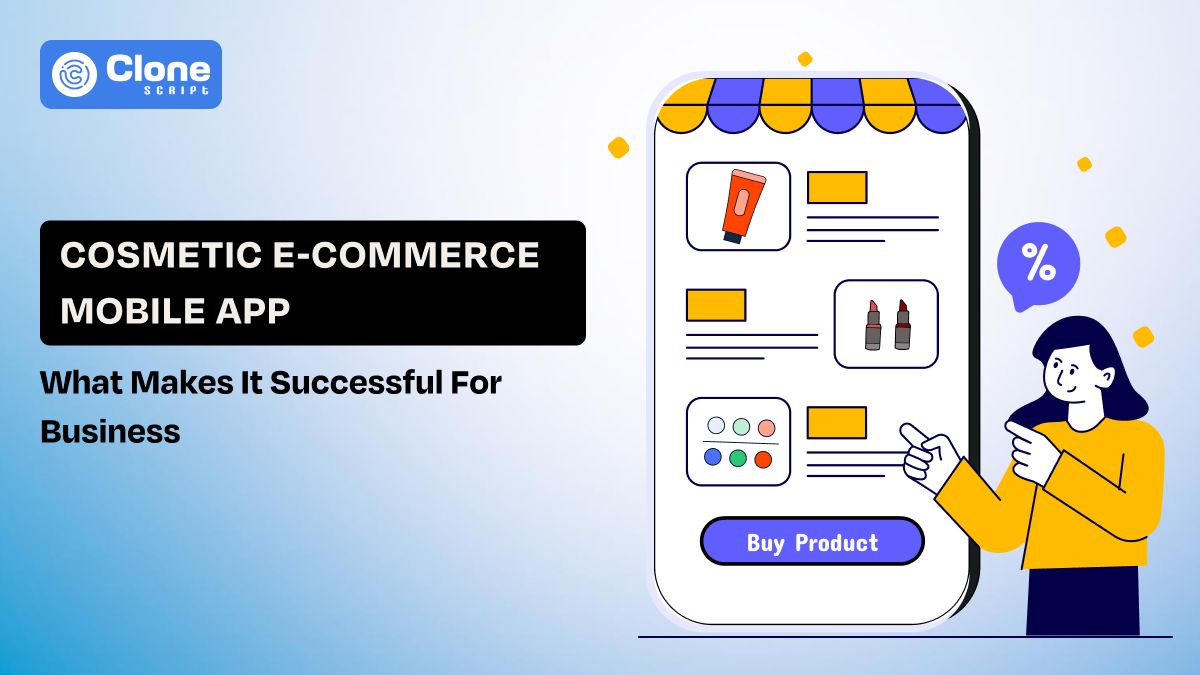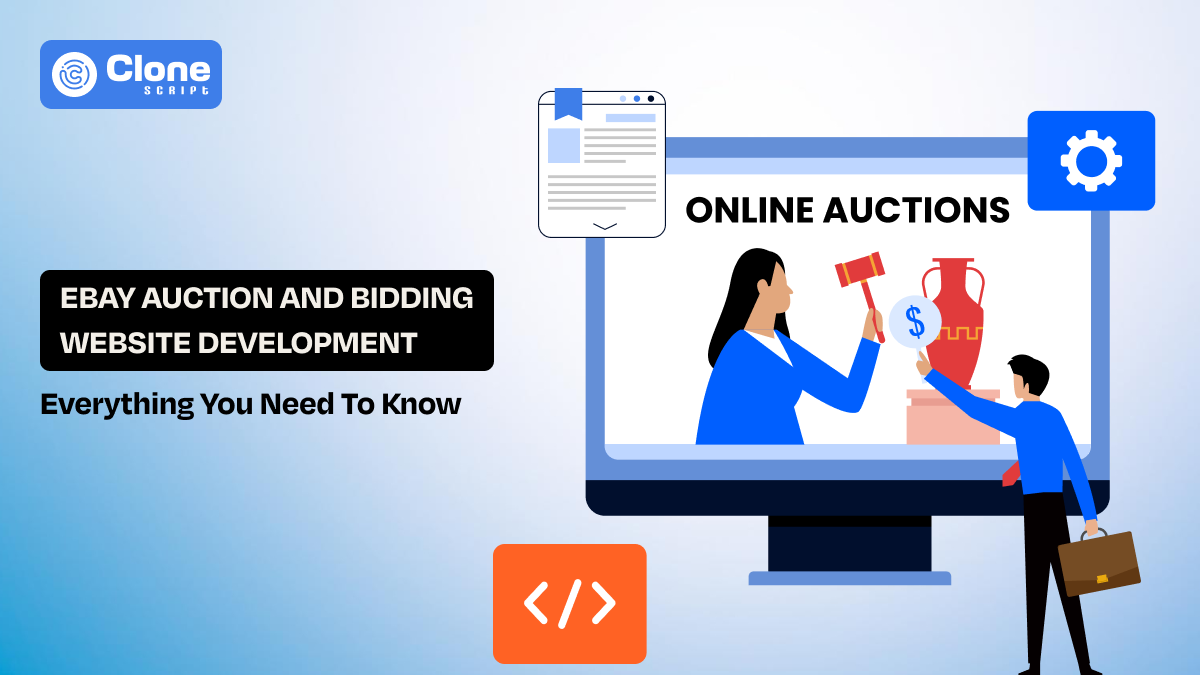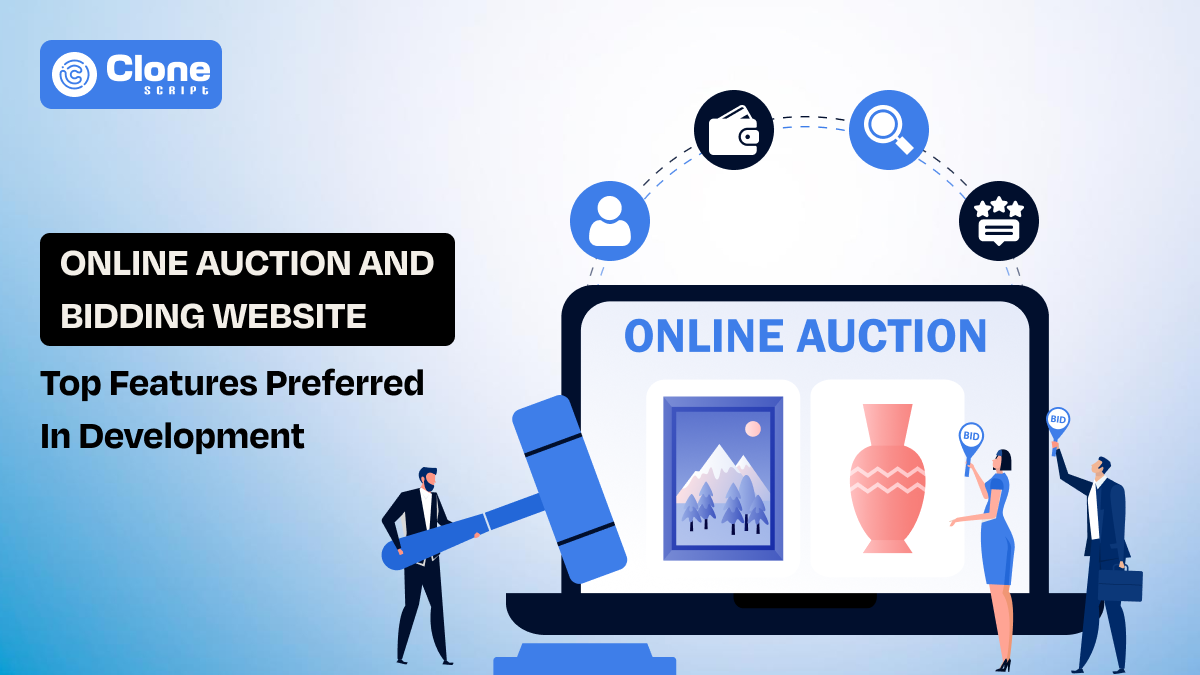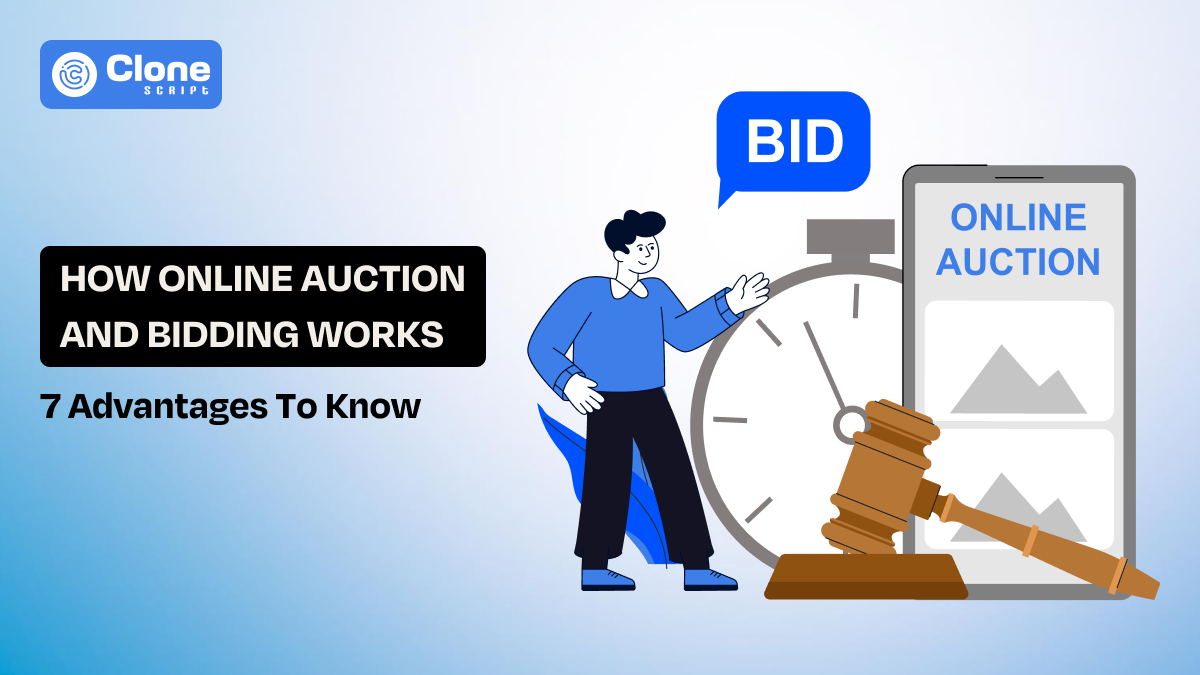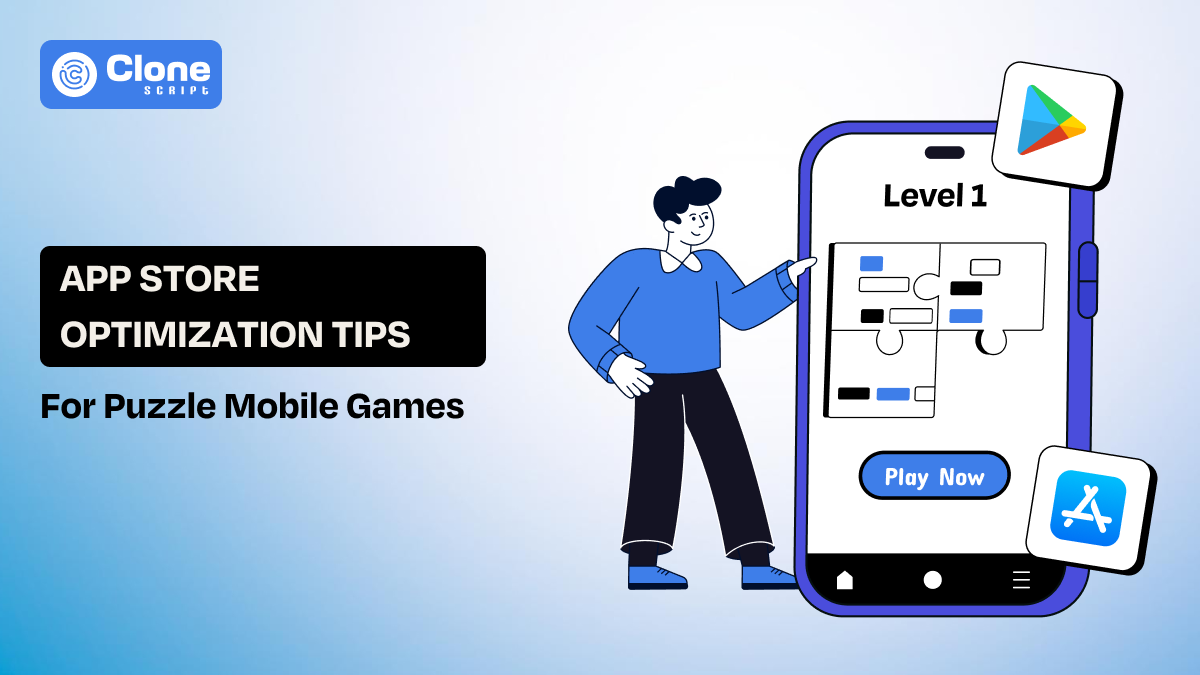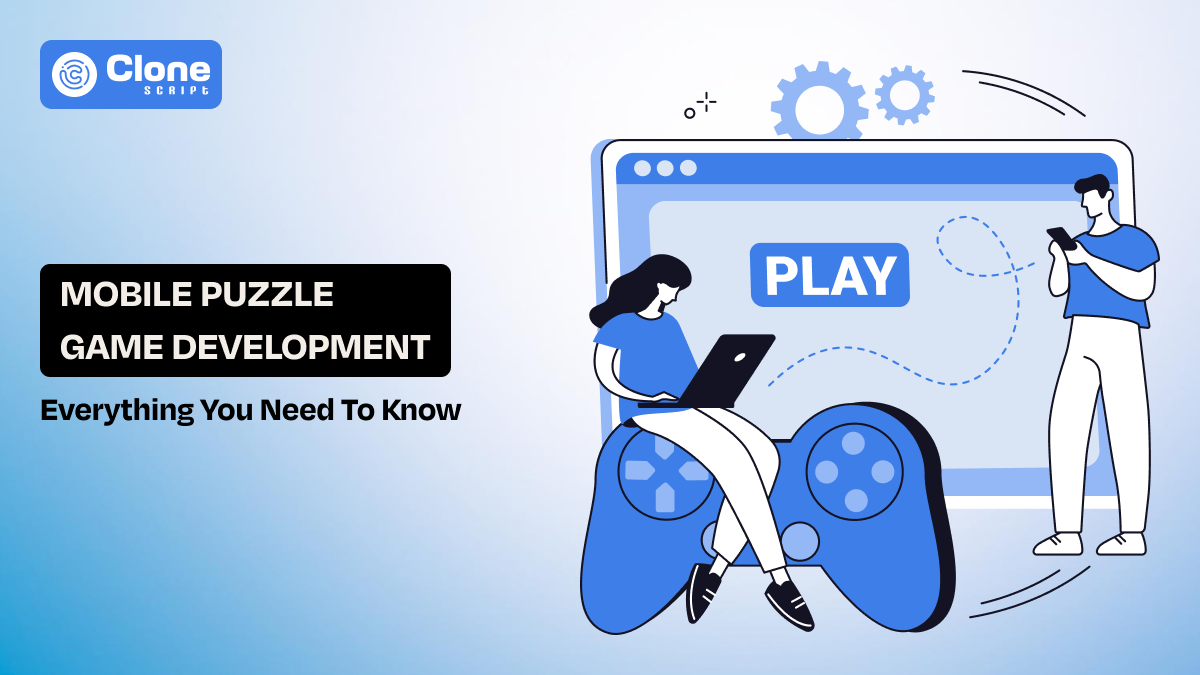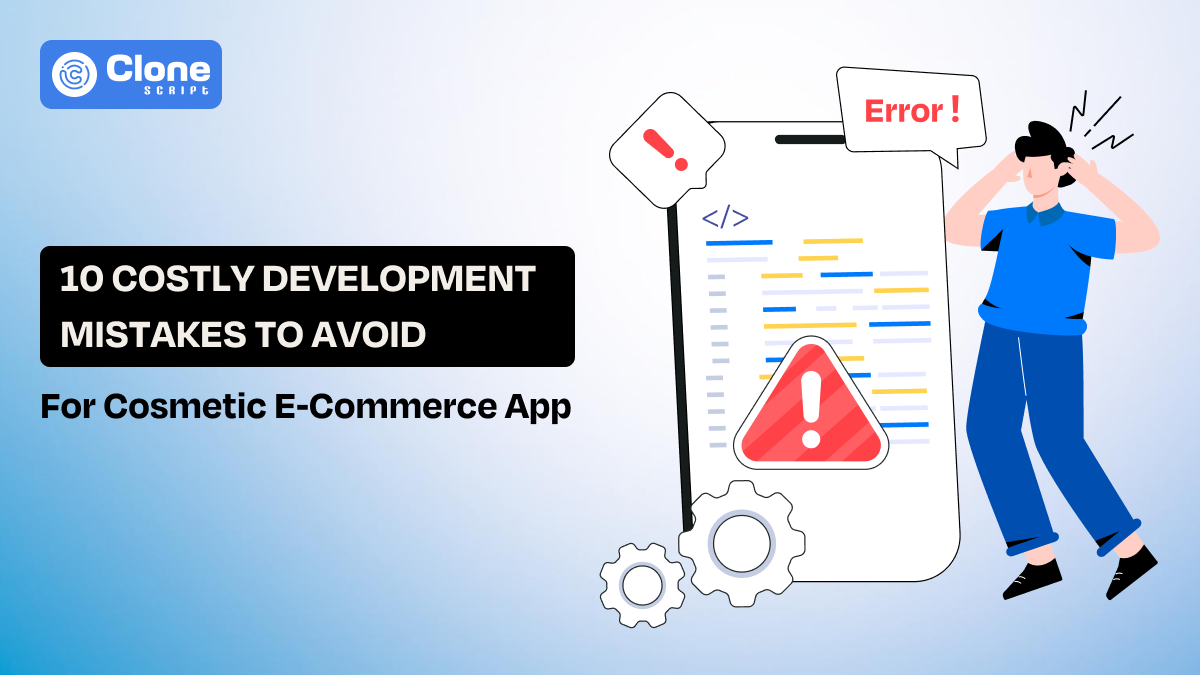What Makes a Cosmetic E-Commerce App Successful Now?
Beauty isn’t just about how something looks. It’s about how it makes people feel. Today, that feeling starts with a tap on a screen. Thinking that a cosmetic e-commerce app is a platform to just show products? You’re wrong. It creates an experience that feels personal, easy, and inspiring.
That’s why beauty apps mix technology with emotion, turning everyday browsing into a moment of self-expression. Here, you will be aware of the elements that make your brand successful.
Why Every Cosmetic Business Needs an E-commerce App?
In the beauty industry, connection means everything. Customers don’t just buy a product; they buy a feeling of trust, care, and confidence. An e-commerce app allows brands to deliver that experience directly into the hands of their audience.
Unlike a website or a physical store, an app stays with your customers 24/7. It becomes part of their daily routine — from discovering new lip shades in the morning to ordering skincare before bed. It provides comfort and convenience while building lasting brand loyalty.
So, what does it mean for businesses?
Brands can offer more than sales through a beauty shopping app with insight. Every interaction reveals what users love, what they ignore, and what makes them stay. These insights help refine your products, improve personalization, and strengthen your brand identity. This is called marketing in the cosmetic business.
In short, if your brand isn’t on your customer’s phone, you risk being forgotten.
Top 10 Things That Make a Cosmetic E-commerce App Successful
Let’s explore the ten most important factors that define what makes a cosmetic app successful and how you can apply these principles to create a truly engaging beauty experience.
1. Understanding Today’s Cosmetic App User.
The first thing is to know what the user wants to do with your brand.
Modern beauty shoppers are smart, curious, and emotionally aware. They research ingredients, compare brands, and care about sustainability. They want to feel understood, not targeted.
To meet their expectations:
-
Ask users about their skin type, tone, or preferences during onboarding. From it, you can recommend the products to them and improve conversion rates.
-
Offer honest and easy-to-understand product information. This will help customers to know what they’re buying and why.
-
Keep navigation simple and natural. The minimal steps to find the exact product and complete the checkout will make the app more useful.
In essence, understanding users means listening to them through behavior, feedback, and patterns. When people feel your app “gets them,” they’ll return again and again.
2. Building Trust Through Transparency.
Trust is the foundation of any beauty brand. People need to know what they’re putting on their skin. That’s why transparency isn’t optional — it’s essential.
The problem is how you can do it, and what is the best way to represent it on the app?
Here’s the way to consider for designing a cosmetic e-commerce app.
-
Listing full ingredient details for each product. Don’t hide any single important information that customers have to know, from chemicals to colors, etc. This will help them to recognize what they’re buying.
-
Sharing honest reviews and real user photos. When a new customer sees the previous user’s feedback on product use cases or potential drawbacks, they will decide what to do next.
-
Highlighting certifications like cruelty-free or vegan. Towards a sustainable product usage in the beauty industry, the adoption is reaching new levels. Buying cruelty-free and certified cosmetic products from health experts and organizations feels expressive to customers.
Transparency shows that your brand has nothing to hide. When customers feel safe and informed, they’re more likely to buy and recommend your products to others.
3. Creating a Seamless Mobile Shopping Experience.
A smooth experience is key to conversion. Your online cosmetic store app should make users feel relaxed from the moment they open it.
Don’t confuse them confused to just promoting the new arrivals or BOGO schemes. Just focus on making their shopping experience simple, innovative, and frustration-free.
-
Fast loading speed: No one likes waiting. Check that the app is successfully running on every smartphone and loads within 3 seconds. Allowing customers to enter the virtual shop without waiting will create the opportunity to get more attention.
-
Clean layout: Use soft colors, white space, and clear categories. When a user finds relatable products in a professionally presentable way, they are likely to move towards completing the actions. It includes finding the product by segments like hair, face, body, etc, easily.
-
Easy search and filters: Help users find what they want. Whether the customer needs to buy a facewash in one click or $150 value sunscreen through filters, it can be done. In the mobile app, make sure everything works properly.
When shopping feels easy and enjoyable, users are more likely to explore and make purchases.
A well-designed app is a reflection of your brand’s care for detail and customer comfort.
4. Personalization is Key to Repeat Sales.
Every user is different, and personalization helps you prove you know that about their needs, interests, and dislikes.
What makes it helpful?
Most of the brands use “personalization” as a sales channel that feels the customer is not buying a pitch, but is helpful to get relevant results by using the beauty products.
Include these useful and relevant features in a beauty app:
-
Product recommendations based on past orders. This is a very helpful trick to convince the buyer to purchase what they bought before.
-
Tailored suggestions for skin tone or concerns. From monitoring the user behavior on the app, you may already know what they are looking for. Using this data in a more friendly manner will generate sales, and customers will get the results they want.
-
Personalized notifications for new arrivals or restocks. Some of the products will be sold in minutes, once they are live, and other customers will not get them. But through notifications, you can re-approach them with the product back into the stock and promote new beauty items.
This kind of personalization creates emotional attachment. It tells your users, “We remember you. We know what you like.”
That feeling builds loyalty, and loyalty leads to repeat sales.
5. Augmented Reality (AR) Try-on Boosts Confidence.
One of the most exciting innovations in beauty apps is AR try-on for cosmetics. It allows users to see how a product will look on them without ever visiting a store.
But implementing this feature requires heavy investment because advanced technology and skills are required by the development team.
You can’t ignore the return on investment after having an AR-enabled product try on the app.
Why it works:
-
It removes doubt and builds confidence in purchase decisions. Even if a customer feels confused about how the product will look on them and what changes their face gets helps to make a decision.
-
It turns shopping into play. Users can experiment with colors and styles of different kinds of products for categories like face, hair, body, etc.
-
It reduces returns by helping customers choose better. Customers have already tried what they need, and it makes their shopping experience enjoyable.
AR creates that “wow” factor. It gives your app something memorable and fun while helping users feel secure in their choices.
6. Simplified Checkout & Multiple Payment Options.
A long checkout is one of the biggest reasons people abandon their carts. Your goal should be to make checkout feel as smooth as a single touch.
Include the following in the beauty e-commerce mobile development process:
-
Guest checkout (no forced sign-ups). This will help users who don’t want to register on your platform but are looking to purchase with minimal effort.
-
Through payment gateway integration, it’s easy to allow users to proceed with the payments with credit cards, wallets, and PayPal. Also, the local payment options like UPI and COD will increase the chances of order conversions.
-
“Buy now, pay later” features for flexibility. For customers who can’t afford to pay a big amount for a beauty product, the token amount or EMI facilities reduce the drop rates.
Also, show progress bars during checkout so users know where they are in the process. A simple, quick, and transparent checkout creates a positive final impression and improves your efforts, leading to real conversions.
7. Loyalty & Rewards That Drive Retention.
Everyone loves feeling appreciated when they complete actions. A good loyalty program interaction on the e-commerce app can turn one-time shoppers into lifelong fans.
The question is how it can be done?
A transparent, fair, and reliable loyalty program design drives the growth of your cosmetic brand.
-
Reward points for purchases or reviews. Once the customer buys the items, even at the lowest price, they can earn reward points. Also, by posting a real experience through feedback can entitle to earn the points. They can redeem it on the next buy.
-
Exclusive discounts for loyal customers. The customers who share their honest reviews on social media and participate in brand events, along with the referral program offer, are invited for up-selling.
-
Birthday gifts or early access to sales. Sending gifts on the Birthday will make a more positive impact on the brand. Also, the first chance to use the products before others creates a good impression.
This approach adds value beyond price. Customers who feel recognized and rewarded will naturally keep returning. It’s one of the best cosmetic app success tips you can apply today.
8. Social Commerce & Influencer Integration.
The beauty world succeeds on connection and inspiration. People often buy what they see others using. That’s why social commerce is transforming how beauty apps grow.
Make sure the application allows:
-
Influencer videos and tutorials section. This will help customers watch the videos of cosmetic brand collaborations with famous beauty influencers. The tutorial for using the product also increases trust in the brand.
-
User-generated content (photos or reviews). When a customer is interested in the product and finds it relevant, as others are still using it, then it creates an immediate effect to make the purchase.
-
“Shop this look” features linked to real products. Clicking the link redirects visitors to interact with your brand without leaving the platform. This approach works if you’re just launching a new brand of cosmetic products.
Seeing real people using your products builds presence and curiosity. It also keeps your app content fresh and community-driven, something users love to revisit.
9. Subscription Models for Consistent Revenue.
A subscription in a beauty app is a smart way to keep users engaged while ensuring steady income. As most of the apps are free to use for users, you can introduce a subscription model. From it, you can improve the quality of services and shopping experiences to prove the brand's USP.
The benefits of choosing a subscription model include:
-
Regular monthly revenue for your business. You can earn a certain amount when a customer pays the subscription fees to get an exclusive advantage like free shipping, 1-day returns, early access, 0% BNPL payment options, and gifts.
-
Consistent user engagement and loyalty. Once the customers subscribe to a plan on your beauty app, they will be back for more useful deals to make a purchase. The customer acquisition cost (CAC) will be lower.
-
Personalized boxes or plans for every subscriber. The subscription plans are designed according to every user’s needs, who mostly make a purchase only once, and who do so frequently. This makes an impact on every user the brand cares about themselves not just sells premium beauty products.
People enjoy surprises and convenience. By offering customizable subscription options, you give them both and create a long-term relationship instead of a one-time sale.
10. Security, Data Privacy & App Trust Well-maintained.
Trust doesn’t stop at product transparency. It extends to data protection. Your e-commerce mobile app development has to reflect that and convince users that their information is safe.
To build digital trust, follow these ways:
-
Use secure payment gateways and SSL encryption. With gateways, the security of online payments is layered through best practices. A secure connection on the web is also considered a good option to create brand credibility.
-
Clearly explain your privacy policy. Describe how the user's data is being used and proceed with or without consent by using the mobile app. This will help to protect the brand’s reputation and reduce the legal obligation.
-
Allow biometric logins like fingerprint or Face ID. To make a user’s account safe on your cosmetic app, the advanced login options will improve usability. They can be free from unauthorized accessibility.
Users share personal details like addresses and skin concerns. Protecting that information shows respect and professionalism. In the digital age, privacy equals credibility.
Alright, you know why the mobile app development for a cosmetic store will be helpful. But what is the best way to do so within a budget?
Here’s the way.
How a Ready-made App Template Helps You Launch a Cosmetic App Fast?
Creating a beauty shopping app from scratch can take time, effort, and resources. But using a ready-made template like Queen Care App UI Design Template can speed up your launch significantly.
Here’s why it helps:
-
It already includes essential beauty app layouts and navigation.
-
The design is visually elegant, customizable, and ready for branding.
-
You can focus more on user experience and marketing instead of technical development.
This template gives you a strong foundation so your app looks and feels professional, right from day one.
For making a functional app, you have to invest in front-end app development and backend when you get a design template.
Do the Cosmetic App Clone Scripts Work for Me?
Yes, especially if you want to launch quickly without compromising quality. The Queen Beauty Care App Clone Script is built for cosmetic and wellness businesses looking to grow fast.
It offers:
-
Pre-built modules for product management and checkout.
-
Admin and vendor dashboards.
-
Scalable performance even with large traffic.
-
Firebase database with developer panel is ready to use for a backend integration.
-
App UI designed in Figma to make changes for customization.
-
Flutter app source code to check the functionality.
With clone scripts, you can test ideas, launch faster, and still maintain full customization. It’s a smart shortcut that saves months of development while keeping flexibility.
Conclusion
To make an impression on customers, the e-commerce app has to be advanced, secure, and easy to use. By following these strategies in designing to development, and marketing tasks, you can easily make the app not just a sales channel. But it can be presented as an element to help customers and grow the brand simultaneously.
 BTC - Bitcoin
BTC - Bitcoin
 USDTERC20 - USDT ERC20
USDTERC20 - USDT ERC20
 ETH - Ethereum
ETH - Ethereum
 BNB - Binance
BNB - Binance
 BCH - Bitcoin Cash
BCH - Bitcoin Cash
 DOGE - Dogecoin
DOGE - Dogecoin
 TRX - TRON
TRX - TRON
 USDTTRC20 - USD TRC20
USDTTRC20 - USD TRC20
 LTC - LiteCoin
LTC - LiteCoin

